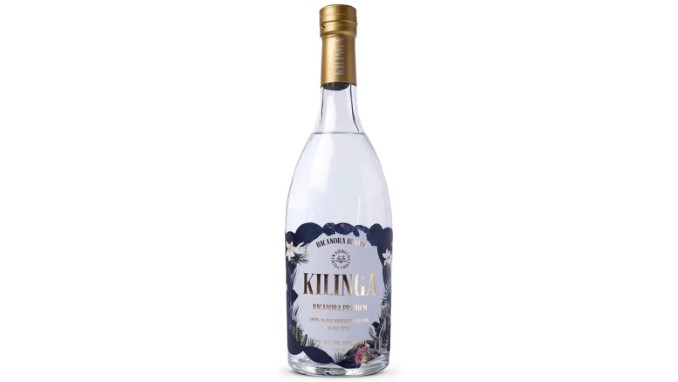Kilinga Bacanora Blanco Review
Photos via Kilinga Bacanora
Denominations of origin, otherwise as DO, can be a tricky thing in approaching the spirits world. They’re intended to give a product an official class and sense of place, marking it as the product of a specific area. But at the same time, they can sometimes split hairs in terms of what really differentiates any spirit from another category. At first glance, this seems to be the case with bacanora in the Mexican state of Sonora, but the spirit nevertheless has an interesting history all its own.
Bacanora, like Mexico’s most famous spirit tequila, draws its name from a particular town in the region where it originated, but its makeup is more reflective of mezcal than it is tequila. With that said, it does use a single type of agave, as tequila does, though that style is technically espadin, which is among the most common species used to make mezcal. However, the espadin used in bacanora production are the plants grown on the edges of the Sonoran desert, plants that have evolved and adapted to an entirely different climate and developed different nuances in the process. Modern Bacanora is only made with this agave angustifolia, commonly known as the Pacifica or Yaquiana agave, though historically it may have even been blended with non-agave plants such as Dasylirion, the “desert spoon” plant used in the production of mezcal’s sister spirit sotol.
The fact of the matter is, these are all pretty modern distinctions, because from 1915 to the early 1990s, production of bacanora was prohibited in the state of Sonora, and the spirit was primarily known as an illicit one produced by farmers and bootleggers out of sight of the authorities. Only since 2000 has the spirit developed a modern commercial identity in Sonoran culture, where it is increasingly recognized as a local mezcal-adjacent variant to be proud of.
Into that scene we have the U.S. launch of Kilinga Bacanora, a new commercial brand that looks to take this new agave twist stateside for the first time. This particular bottle is labeled as “Blanco,” but it’s actually not the introductory bottle for the brand–they also produce Kilinga Silvestre, which is made from younger, 7-9 year old agave. Blanco, on the other hand, is made from particularly mature 10-12 year old agave pinas, while the brand also has reposado and anejo expressions, aged in American white oak and French oak barrels respectively. As in mezcal production, these pinas are roasted in wood-fired ovens–many bacanoras are made with mesquite–which tends to contribute the expected earthiness and smokiness. Kilinga Bacanora Blanco is bottled at 42% ABV (84 proof), at an MSRP of $50.
-

-

-

-

-

-

-

-

-

-

-

-

-

-

-

-

-

-

-

-

-

-

-

-

-

-

-

-

-

-

-

-

-

-

-

-

-

-

-

-








































